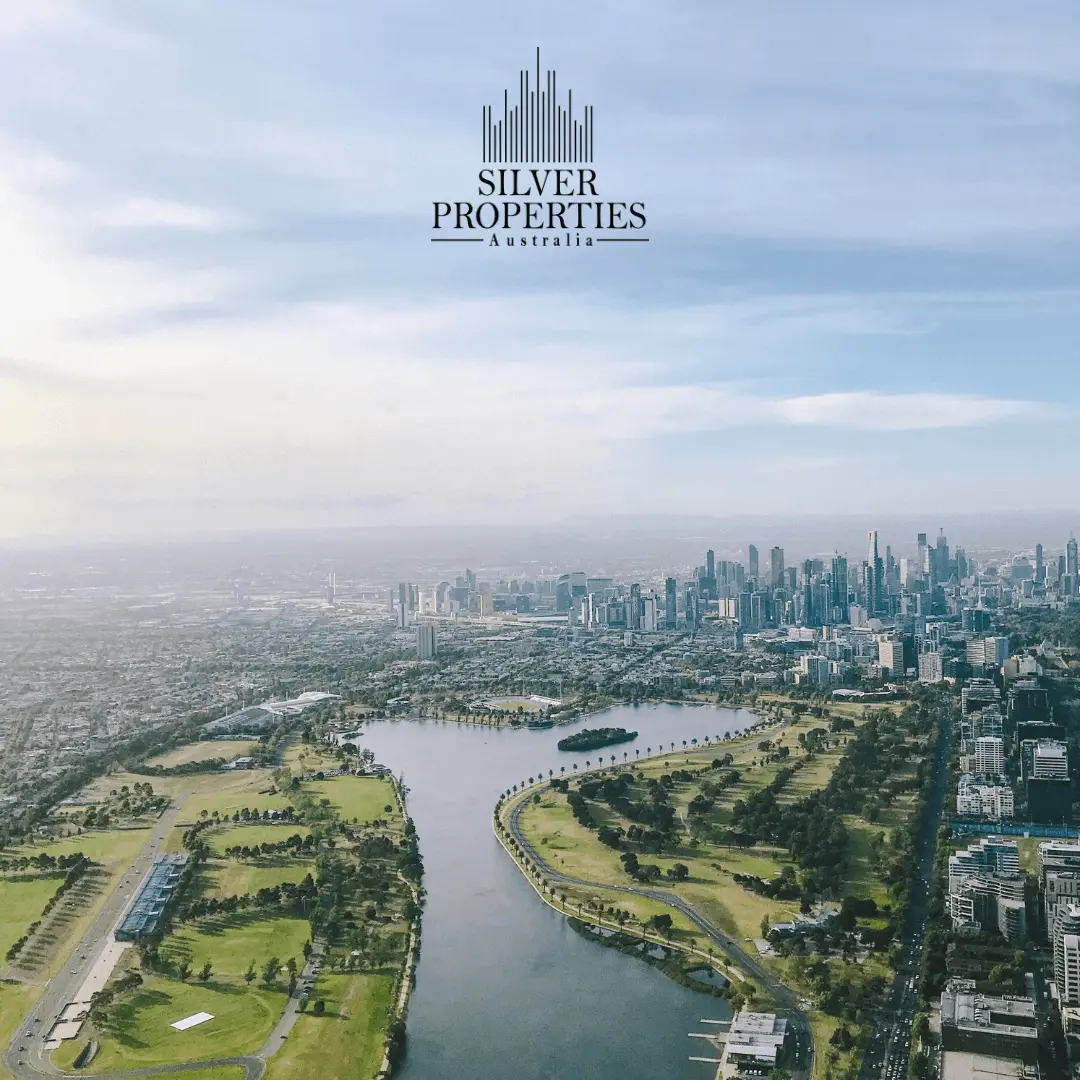Over the past decade, the Melbourne real estate market has undergone a significant transformation, reflecting broader shifts within Australia’s economic landscape, population growth dynamics, and urban development strategies. In a city repeatedly named one of the world’s most livable, with its rich cultural tapestry and burgeoning job market, understanding how and why these changes have occurred is crucial for both potential investors and homeowners. This article delves into the evolution of Melbourne’s property market over the last ten years, investigating the core trends that have shaped its journey to its current state.
A Decade of Dynamics: Melbourne’s Property Evolution
The past decade in Melbourne’s real estate sector characterizes a story of rapid growth, occasional stabilization, and then a globally unprecedented challenge. Initially, the early part of the decade saw a buoyant market with prices ascending in response to strong population growth, low-interest rates, and an influx of foreign investment. Developments sprawled across both the inner city and outer suburbs, with high-density apartment projects proliferating in central Melbourne, while house-and-land packages flourished in the expanding fringe communities. However, as the mid-2010s approached, regulatory interventions aimed at cooling the market began to take effect, slightly tempering growth.
Entering into the latter half of the decade, the market dynamics began to shift. The Australian Prudential Regulation Authority (APRA) imposed lending restrictions that particularly affected investors, leading to a moderation in the market’s previously rampant price increases. The landscape was also significantly influenced by the evolving preferences of buyers, with a notable shift toward valuing location and lifestyle amenities over mere property size. This period also saw the rise of sustainability and energy efficiency as key considerations for homebuyers and investors alike.
The onset of the COVID-19 pandemic introduced unprecedented challenges and volatility to the Melbourne real estate market. Initially, there were significant concerns about potential crashes in property values. However, the market demonstrated remarkable resilience, buoyed by governmental financial support measures, low-interest rates, and a rapid shift in consumer preferences towards suburban and regional living. The pandemic also accelerated trends toward remote working, resulting in a surge in demand for properties with space for home offices and outdoor living areas, reflecting a pivotal moment in Melbourne’s real estate evolution.
Understanding Trends: The Shifts in Melbourne’s Market
Throughout the past decade, several key trends have emerged that underscore the shifting dynamics of the Melbourne real estate market. One of the most significant has been the increasing demand for properties located in suburbs with convenient access to the CBD, public transportation, and lifestyle amenities. This reflects a broader trend toward urban living, with a preference for walkability and accessibility over larger property sizes in more isolated locations.
Another notable trend has been the growing importance of sustainability and technological integration within homes. Energy-efficient designs, solar power installations, and smart home technology have become increasingly desired features among Melbourne homebuyers. This shift not only reflects a global push towards environmental consciousness but also the desire for reduced living costs and enhanced lifestyle convenience.
Furthermore, the Melbourne market has seen a diversification in the types of properties being sought after. While the demand for single-family homes remains strong, there has been a significant rise in the popularity of townhouses and apartments among both first-time buyers and downsizers, driven by affordability concerns and the desire for low-maintenance living. This diversification has led to a more nuanced market, with different sectors experiencing growth at varying rates.
The past decade has been a period of considerable change for the Melbourne real estate market, marked by both challenges and opportunities. From the rapid growth of the early 2010s to the pandemic-induced shifts in consumer preferences, the market’s dynamics reflect broader social, economic, and environmental trends. As we look to the future, the lessons of the past decade will undoubtedly continue to influence the direction of Melbourne’s property market, presenting both challenges and opportunities for buyers, sellers, and investors alike.
Key Takeaways
- The Melbourne real estate market has experienced significant growth, followed by stabilization and a resilient response to the COVID-19 pandemic.
- Shifts in buyer preferences toward location, sustainability, and lifestyle amenities have become increasingly pronounced.
- The market has diversified, with growing demand for various property types such as townhouses and apartments alongside traditional single-family homes.
FAQs
-
What factors contributed to Melbourne’s real estate market growth in the early 2010s?
- Population growth, low-interest rates, and foreign investment were key drivers.
-
How did regulatory changes mid-decade affect the market?
- APRA’s lending restrictions moderated growth by impacting investor activity.
-
What impact did the COVID-19 pandemic have on Melbourne’s real estate market?
- Despite initial volatility, the market showed resilience with shifts towards suburban living and demand for home office spaces.
-
What has been a significant trend in buyer preferences in recent years?
- An emphasis on location, sustainability, and smart home technology.
-
How has the demand for types of properties shifted?
- There’s been a rise in popularity for apartments and townhouses, alongside sustained interest in single-family homes.
-
Why is sustainability important to Melbourne homebuyers?
- Environmental consciousness and the desire for reduced living costs are key factors.
-
Which areas in Melbourne have seen increased demand?
- Suburbs with access to the CBD, public transport, and lifestyle amenities.
-
How has technology shaped the real estate market?
- Through the integration of smart home features and energy-efficient designs.
-
What does the future hold for Melbourne’s real estate market?
- Continued evolution influenced by social, economic, and environmental trends.
-
Why is affordability a growing concern?
- Rising property prices and living costs push buyers towards more affordable options like apartments and townhouses.


Leave a Reply